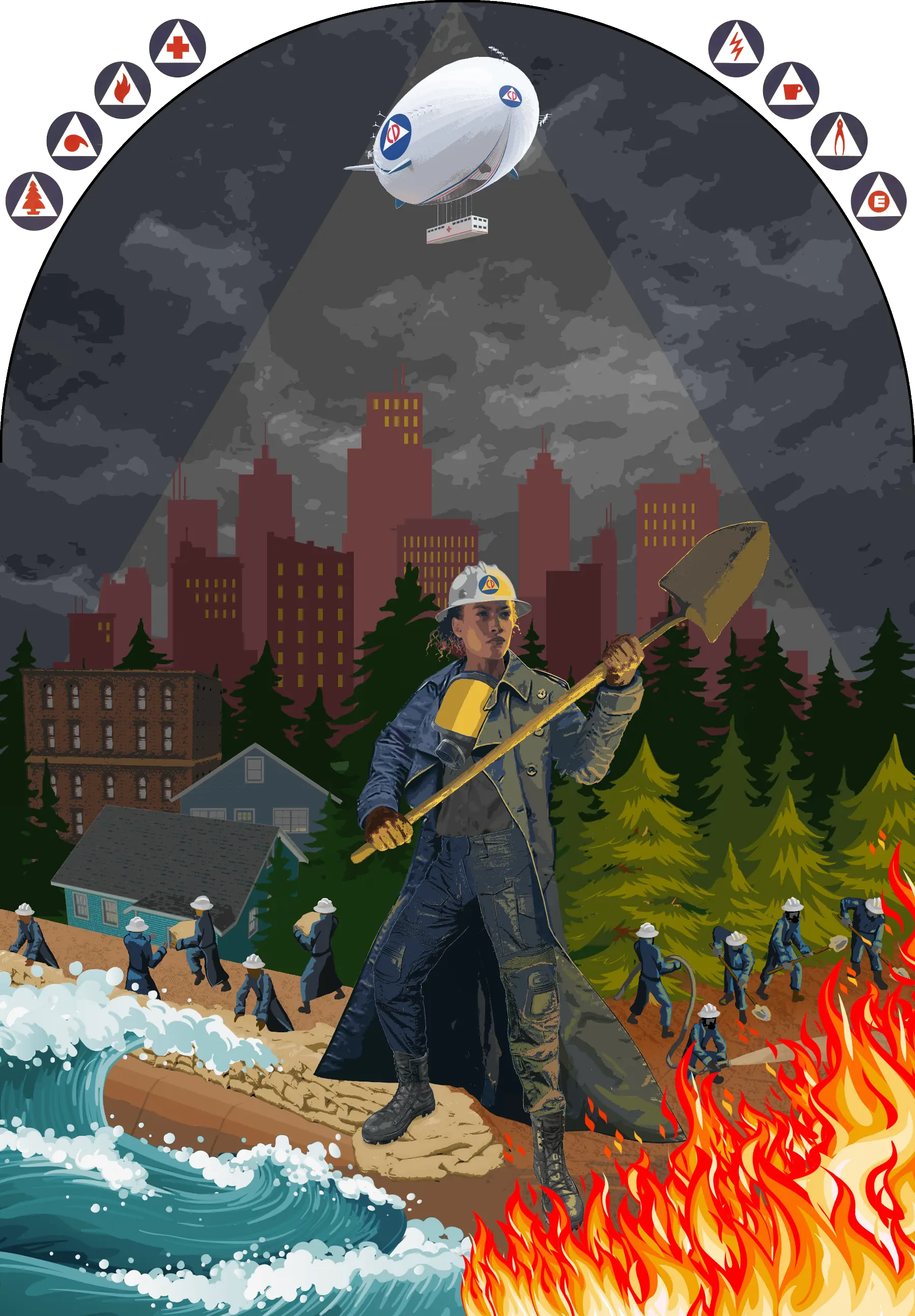We've tried to adapt some classic conventions -- healing positions & med kits -- for the setting.
Healing
Healing players can be performed in a variety of ways. Here are several:
Med Putty
Med putty is a complex, viscous emulsion of proteins, angiogenic growth factors, and MEMS suspended in a stabilizing biopolymer substrate. This putty is used for rapidly stabilizing biological damage. It can close wounds, reduce inflammation, relieve extreme pain, and otherwise remedy major bodily harm, at least until further intervention can be provided. It has a consistency like toothpaste and is stored in squeeze tubes. Once open, a tube must be used immediately, and typical use requires an entire tube per treatment. In this way, tubes of Med Putty serve as the primarily in-game med-pack. A key gameplay function is to allow a player to perform a healing action as a single action within a round of combat.
When a player uses a tube of med putty, they don’t need to roll. The number of HP restored is equal to their skill points in Care + Medicine + either Intelligence OR Dexterity.
The effect is cut in half if players are using medputty to heal themselves.
Restoration Tonic
Restoration tonic is a liquid potion that contains a complex of anti-inflammatories, analgesics, and repair agents coupled with targeting agents. The targeting agents allow the biochemical packages to migrate to regions of damage and release appropriate agents to quickly mend soft tissue injuries. Its use relies on heat and gentle physical mediation to help reach target regions and to mediate biochemical repair. This is typically provided with the application of hot water under a massaging showerhead or massage with heated gloves, but most applications of heat and gentle pressure will suffice.
Within the game mechanics, restoration tonics are often used as a versatile health potion for restoring a character’s Endurance stat worth of lost HP outside of combat. The tonics are not rare, but because they take around 10 minutes to use and 20 minutes to take full effect and require facilities like a shower, they serve to allow players to recover HP once a dangerous encounter ends, rather than in the middle of an action scene.
As with any healing practice in game, the damage which is being healed should make sense. In most cases, the rapid healing can be explained as a bit of an illusion: the damage doesn’t disappear, but the pain is relieved and the effects of the injury are resolved sufficiently that they can heal more fully with rest or with further medical attention later.
GM’s can choose to limit the use of restoration tonics to once per day if desired or offer special advanced healing tonics which provide Endurance + 4 points of HP or Endurance x2, or have players roll for Endurance + Athletics (perhaps as a favored check) and receive whatever value they pass by in HP.
Hydration
Drinking water will restore a character 1 HP once per day. It’s also recommended for players.
Narrative Healing Actions
Narrative healing is the best kind of healing. This consists of having players describe the specific medical remedy they’re applying (or repair, for a synth). They then must roll for success on that action. Typical skill checks may include Dexterity or Intelligence + Care or Medicine. Examples would include applying a splint, suturing a wound, or performing cardiopulmonary resuscitation. GMs and players are encouraged to use future technologies like healing putty in conjunction with narrative description if they’re capable.
Synth Healing
For synths, healing is justified in game as “temporary repair”. Temporary repair allows a synth to isolate and bypass damaged components and rely on backup systems to return to restore functions and delay the need for full repair. Synths require 25 minutes to perform a temporary repair, though they can speed this process up by performing an Endurance + Machines check and subtract however much they pass by from the 25 minute diagnostic time.
Synths are much less defined in game than organic creatures, so a lot of the narrative and mechanistic decision-making lies with the GM. GMs may wish to heavily limit temporary repair, instead forcing machines to replace modular components. Or, they may choose to use advanced self-repairing micro-machinery to afford synths and cyborgs greater healing capabilities than organic creatures.




It's really hard to know why people haven't been supportive without knowing you and them better. But how do you know and interact with these folks? Do you have them over for drinks? Play games online? Do they all know each other? Did they know you or your ex first?